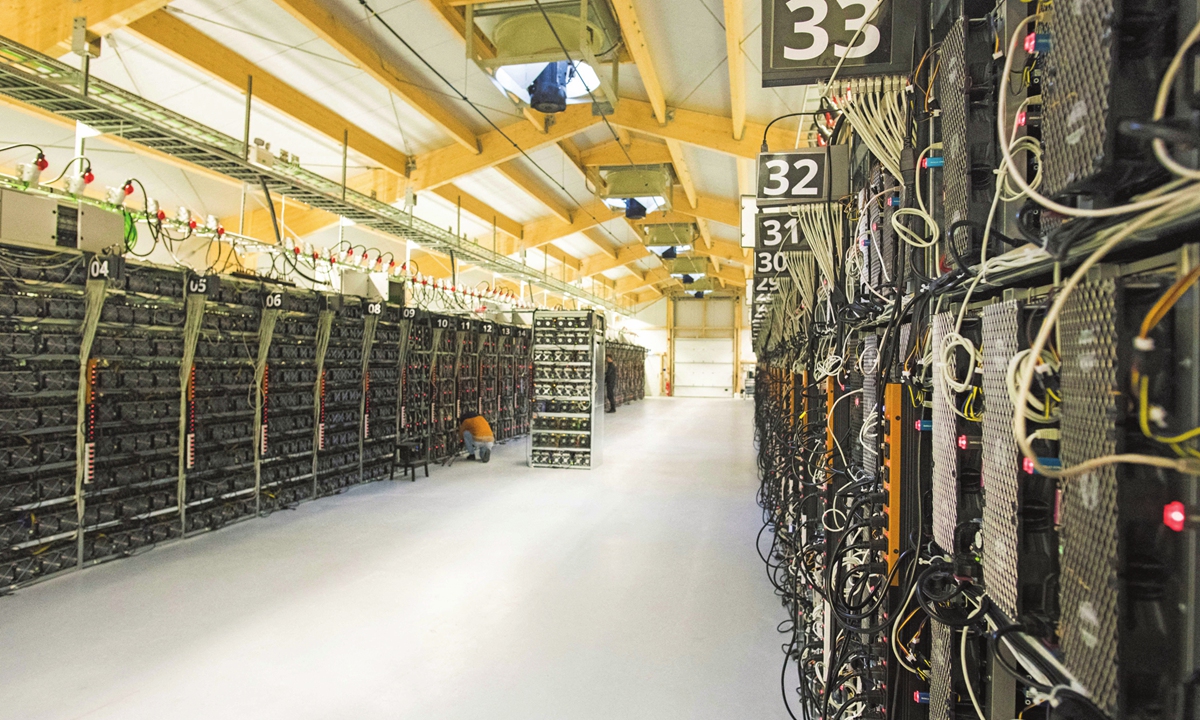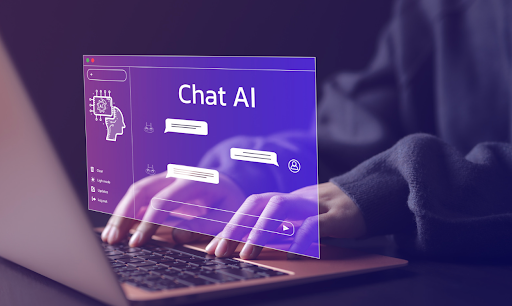
The Evolution of Programming Languages: What’s Next?
We all know that programming languages are the superheroes of technology. Here are traditional languages like C and Java that started everything. Then came forward-thinking languages that are Python and JavaScript making coding way more awesome. Isn’t it interesting to know the history and essential to learn where programming languages are going in the future?
As we stand at the crossroads of the past and present, the question arises: “What’s Next?” This exploration delves into the intriguing possibilities that lie ahead, inviting you to join us on a captivating journey through the evolution of programming languages and the exciting terrain that awaits us.

The use of VPNs has increased a lot in recent times, both on mobile devices and on computers. Why are so many users joining the trend?
A Look Back – Milestones in Programming Languages [Purvi]
Let’s journey through time to uncover the fascinating stories behind Fortran, C, Java, and Python – the Versatile of the programming world!
2.1 Fortran – A Pioneering Leap (1957)
In 1957, Fortran came out as a new programming language that changed the way science and computer engineering worked. It freed developers from machine code and gave them a language that was easy to understand. Fortran basically laid the groundwork for making programming way more accessible.
2.2 C – The Universal Language (1972)
Now comes 1972, where C has arrived, the star of system-level programming. Dennis Ritchie and Ken Thompson created C, and it changed the way system-level computing was done. It was easy to use and efficient, and it was perfect for making Unix operating systems because it balanced high-level abstraction with low-level control. Because C is so global, it became the common programming language, which had a big effect on the growth of software development.

Mining rigs of a super computer are pictured inside the bitcoin factory ‘Genesis Farming’ near Reykjavik, on March 16, 2018. – At the heart of Iceland’s breathtaking lava fields stands one of the world’s largest bitcoin factories at a secret location rich in renewable energy which runs the computers creating the virtual currency. (Photo by Halldor KOLBEINS / AFP)
2.3 Java – Unleashing Platform Independence (1995)
Now comes 1995, where Java steps into the programming world with a mission – to conquer the chaos of platform differences. Its “Write Once, Run Anywhere” attitude is what made it possible. Java’s object-oriented programming style, strong memory management, and flexibility became essential for enterprise-level apps, which was a big change in web development. Its effects go beyond joining the digital world we live in now.
2.4 Python Programming Language- Readability and Versatility (1991)
Python is the GOAT of code that came out in 1991. It doesn’t just handle complicated code; it also makes scripts easier to read and more useful. Python is the most popular language in AI, web development, and data science because it is easy to use and has clean code. It’s like the language that makes both new and experienced coders happy—a real pleasure to work with!

Current Trends in Programming Languages: Navigating the Diverse Landscape
Let’s take a panoramic view of the current programming language landscape, examining the popularity of reliability like Python and JavaScript, rising stars such as Rust and Kotlin, and the growing relevance of domain-specific languages (DSLs).
-
Overview of the Current Landscape
The current programming language landscape resembles a vibrant mosaic, with each language contributing uniquely to the larger picture of software development. Many languages cater to different needs, from web development to data science, reflecting the diverse challenges and applications prevalent in the digital era. Let’s check out some of the popular programming languages that are doing well in the present.
-
Popularity of Python and JavaScript
Python programming continues to reign as a powerhouse in the programming world. As per the recent report from Statista, Python, with 49.28%, holds the third position as the most used programming language in 2023 across the globe. Renowned for its readability, versatility, and extensive ecosystem, Python has become a go-to language for developers across various domains. It dominates web development, data science, and artificial intelligence, exemplifying its adaptability.
Whereas, JavaScript, the object-oriented programming language, remains an indispensable force. As per the recent report from Statista, JavaScript, with 63.61%, holds the position of the most used programming language in 2023 across the globe. With the rise of dynamic and interactive web applications, JavaScript’s popularity is unwavering. It strengthens its position as the cornerstone of contemporary web development thanks to frameworks like React and Node.js.
-
 Rise of Rust and Kotlin
Rise of Rust and Kotlin
In the vast kingdom of programming languages, two heroes have risen, each wielding unique powers and carving out their own territories.
In the ever-changing world of computer languages, Rust stands out as a true winner because it puts memory safety first without slowing down speed. Its major use cases are making games and operating systems, which need to be fast and reliable.
Kotlin, who is a quick dancer on the Java Virtual Machine, takes the lead. It’s clear and expressive, and it’s becoming popular in Android app development. It’s a link between history and new ideas. Kotlin is appealing because it makes code more productive and easier to read, which makes it a great choice for coders who are trying to keep up with the changing world of programming.

-
Significance of Domain-Specific Languages (DSLs)
As the demand for customized and optimized solutions is growing, Domain-specific languages (DSLs) are carving a niche in response to this. DSLs are crucial in streamlining development workflows and enhancing code maintainability to handle the increasing need for specialized solutions. These languages, tailored to address specific problem domains, provide a higher level of abstraction, making them more expressive and efficient for particular tasks. Emerging Trends and Technologies
Functional Programming Concepts: Elevating Code Quality
Imagine a world where functional programming concepts are getting popular and where languages like Haskell and Scala weave a tale of simplicity and stability. This makes the code cleaner and easier to manage. This is the most needed change in the computing world to make the code more stable.
WebAssembly: Revolutionizing Web Development
But the story doesn’t end there; a revolutionary force is reshaping the landscape of web development. Enter WebAssembly, a protagonist with the power to provide near-native performance in web browsers. Supporting languages like C, C++, and Rust, WebAssembly blurs the lines between web and native applications. This trend signifies a quantum leap in web application efficiency and performance, setting the stage for a new era in web development.
Languages for Quantum Computing: Navigating New Realms
As we explore unknown areas, we come across a place where quantum computing is the most important thing. Languages like Qiskit and Cirq are being used as guides to help developers use the special features of quantum algorithms. It’s a big step forward that unlocks the promise of quantum computing and starts a new chapter in the fast-paced innovation that is changing this field.
 Role of Languages in AI and ML: Driving Innovation
Role of Languages in AI and ML: Driving Innovation
When it comes to artificial intelligence (AI) and machine learning (ML), programming languages are very important because they drive innovation. The main tools are Python, R, and Julia, which make it possible to build complex models and methods. Frameworks like TensorFlow and PyTorch amplify the impact, enabling developers to navigate the complexities of AI and ML seamlessly.
Blockchain Languages: Powering Decentralization
The rise of blockchain adds its own set of languages to this technology story. Solidity, a language designed for writing smart contracts, becomes a major player that changes how trust, openness, and safety are defined in digital interactions. As blockchain technology gets better, the story starts to move away from authority, which is a big change. As blockchain technology matures, so does the importance of its programming languages, which can be customized as per project requirements.
 Conclusion
Conclusion
As we conclude our exploration of programming language evolution, the road ahead brims with potential. Navigating this dynamic landscape requires staying informed, adaptable, and embracing curiosity. The next era promises breakthroughs that will redefine how we develop software.
The road ahead is full of opportunities as we complete our journey through the fascinating development of programming languages. Being well-informed and flexible is crucial for navigating this dynamic world, like a reliable friend. We may expect revolutionary outcomes that will change the way we build software in the future.
If you want to succeed in today’s tech-evolving world, you need to learn more than one programming language and be open to new ideas. Imagine yourself studying the mysteries of quantum languages, diving into the wonders of WebAssembly, and exploring the world of functional programming.
Never stop learning, always be curious, and always be prepared to change. The development of new programming languages is an exciting adventure, and the future of these languages is like a blank canvas ready to be painted. Have fun coding!
By: www.etraverse.com




 Rise of Rust and Kotlin
Rise of Rust and Kotlin Role of Languages in AI and ML: Driving Innovation
Role of Languages in AI and ML: Driving Innovation Conclusion
Conclusion